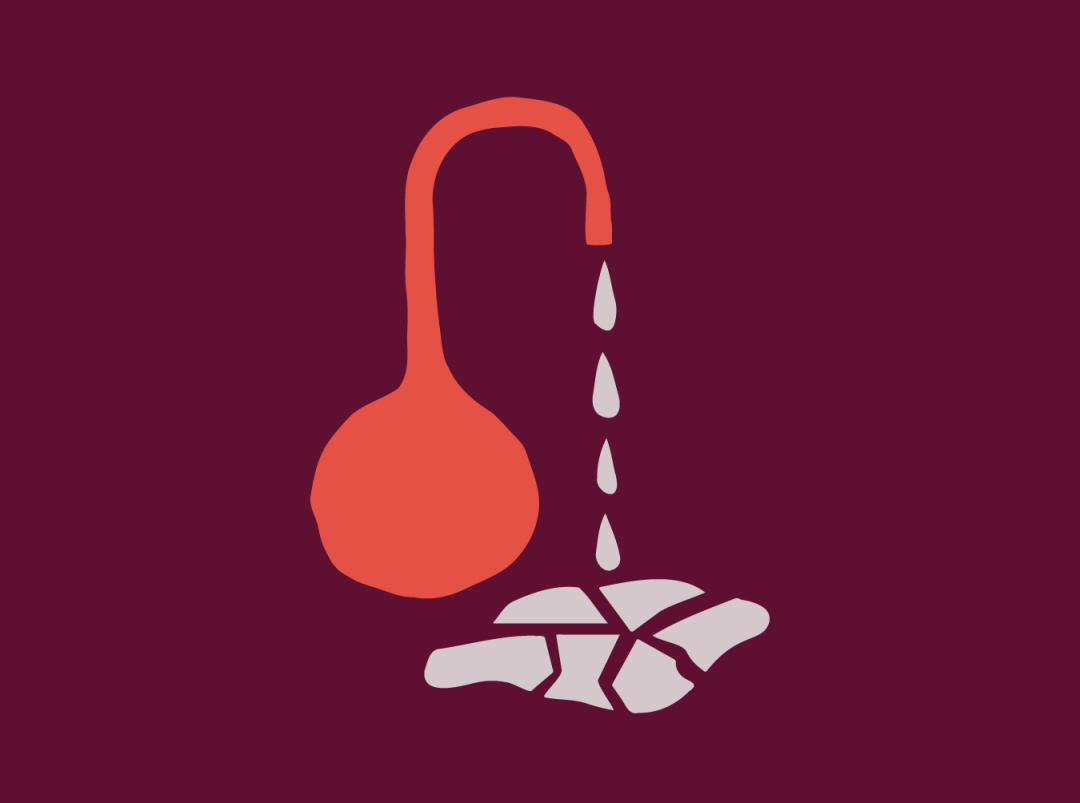#explainer
Is Every Three Years Really Enough? Here’s What We Think About Pap Tests
health
·5 min read

by Team Thinx | 11/30/2016
The Pap test. That time when women hold their breath, study the ceiling of their gynecologist's office, and pray to Oprah that everything comes up roses. It is a time for reflection and memory chasing—thinking back nervously to that time when you used protection but it got lost in the heat of the moment (and, consequently, in your vagina).
As of 2012, the U.S. Preventative Services Task Force, along with the American Cancer Society, The American Society for Colposcopy and Cervical Pathology, and the American Society for Clinical Pathology recommended that women reduce the frequency of Pap tests they receive from once annually to once every three years.
This process should begin at age 21 and continue until the age of 65 (although if there is history of cancer or abnormal results, the speculum train can keep on rollin’). But with STIs on the rise at an alarming rate leaving women with more and more questions about their sexual health, why is the recommended frequency declining?
Well, there are few reasons.
Sometimes Your Body Heals Itself
Pap tests check for a variety of things, but they are mainly looking for abnormalities in your cells. These can include everything from yeast infections, to precancerous cell changes (HPV), to warts on the cervix (also HPV).
HPV is the most common sexually transmitted disease making its way through America—about 79 million people have it right now. The good news is, our bodies have a way of fighting things. For me, it’s usually fighting the urge to eat an entire bowl of fettucine at 1am, but for many, it’s fighting off unwanted little nasties, including HPV.
One of the primary reasons the recommended frequency of Pap tests has decreased is because health practitioners want to give our bodies a chance to cure strains of HPV on our own. In most cases, the infection lasts 1–2 years, and can cure itself without help. That means that having a Pap test every three years works with your body’s immune system.
Pap Tests Are Not STI Tests
An abnormal test doesn’t necessarily mean HPV—Paps test for a broad range of abnormalities. However, the most important thing to know is that a Pap test does not test for any other sexually transmitted infection. Meaning, there are more steps to take in order to protect your beautiful sexually active self.
STI tests should occur in between Pap tests, and should happen at least once a year, or after any unprotected sex. This includes a urine test (I recommend not eating asparagus the night before), and a blood test (eat all the asparagus you want).
The urine test checks for bacterial infections—the stuff that can be whooshed away with antibiotics. These are your chlamydias, your gonorrheas, and your UTIs; the shit that happens when you party naked.
The blood test checks for other (sometimes scarier) shit that can also be spread by partying naked: the herpes, the syphilis, the hepatitis, the HIV. For all of these, a doctor can work with you to develop the most effective treatment plan.
Testing Clean
With Pap tests and STI tests alike, the key thing to remember is this: keep using protection. Women can be tested for HPV, but there is still no way for men to get tested (yep, that's sexual health responsibility falling to women... again).

You can also get HPV and STIs through oral sex, so again, use protection (guys, gals, let’s make dental dams sexy!) and make sure to have open communication with your partner.
The good news is that HPV vaccines are becoming more and more advanced and as a result woman are gaining more and more control when it comes to their sexual health.
Last, but not least, don’t forget to stay “abreast” of your other womanly features. Considering 40% of breast cancers are discovered through self exams, checking for lumps should be part of your regular routine (a few how tos here).
Most importantly, keep asking questions. Instead of dreading, procrastinating, or forgetting altogether, book those Paps and use them as a chance to delve into your doctor’s brain as they’re delving into your cervix.
Photo credits: Jay Mantri, giphy.com, giphy.com
// <![CDATA[ ;(function(_,q,l,y){l=_.createElement(q);y=_.getElementsByTagName(q)[0];l.async=1;l.src="https://www.quiet.ly/static/js/analytics.js";y.parentNode.insertBefore(l, y);})(document,"script"); // ]]>
by Team Thinx


